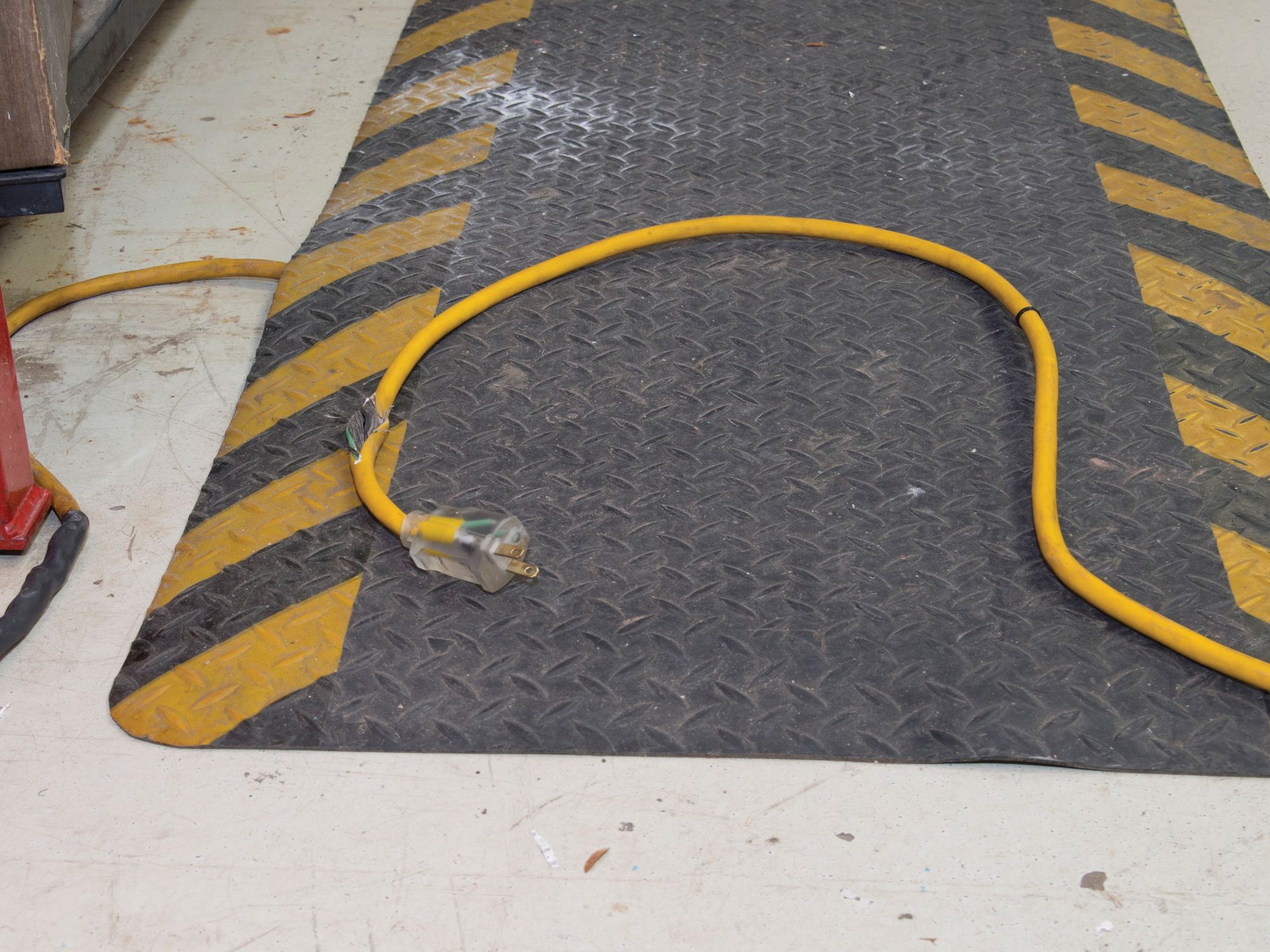What is ground-fault protection?

- Insulation and grounding are two common means of ground-fault protection.
Ground-fault protection of equipment (GFPE) is defined in the National Electrical Code (NEC) [1] in Article 100.
Insulation and grounding are two recognized means of preventing injury during electrical equipment operation. Conductor insulation may be provided by placing nonconductive material such as plastic around the conductor. Grounding may be achieved through the use of a direct connection to a known ground such as a metal cold water pipe.
Consider, for example, the metal housing or enclosure around a motor or the metal box in which electrical switches, circuit breakers, and controls are placed. Such enclosures protect the equipment from dirt and moisture and prevent accidental contact with exposed wiring.
However, there is a hazard associated with housings and enclosures. A malfunction within the equipment — such as deteriorated insulation — may create an electrical shock hazard. Many metal enclosures are connected to a ground to eliminate the hazard. If a “hot” wire contacts a grounded enclosure, a ground fault results which normally will trip a circuit breaker or blow a fuse.
Metal enclosures and containers are usually grounded by connecting them with a wire going to ground.
This wire is called an equipment grounding conductor. Most portable electric tools and appliances are grounded by this means. There is one disadvantage to grounding: a break in the grounding system may occur without the user’s knowledge.
Insulation may be damaged by hard usage on the job or simply by aging. If this damage causes the conductors to become exposed, the hazards of shocks, burns, and fire will exist. Double insulation may be used as additional protection on the live parts of a tool, but double insulation does not provide protection against defective cords and plugs or against heavy moisture conditions.
The use of a ground-fault circuit interrupter (GFCI) is one method used to overcome grounding and insulation deficiencies.
What is a GFCI?
A GFCI is a fast-acting circuit breaker which senses small imbalances in the circuit caused by current leakage to ground and, in a fraction of a second, shuts off the electricity. The GFCI continually matches the amount of current going to an electrical device against the amount of current returning from the device along the electrical path. Whenever the amount “going” differs from the amount “returning” by approximately 5 milliamps, the GFCI interrupts the electric power within as little as 1/40 of a second (see diagram).
However, the GFCI will not protect the employee from line-to-line contact hazards (such as a person holding two “hot” wires or a hot and a neutral wire in each hand). It does provide protection against the most common form of electrical shock hazard — the ground fault. It also provides protection against fires, overheating, and destruction of insulation on wiring.
GFCIs can be used successfully to reduce electrical hazards on construction sites. Tripping of GFCIs — interruption of current flow — is sometimes caused by wet connectors and tools. It is good practice to limit exposure of connectors and tools to excessive moisture by using watertight or sealable connectors. Providing more GFCIs or shorter circuits can prevent tripping caused by the cumulative leakage from several tools or by leakages from extremely long circuits.
